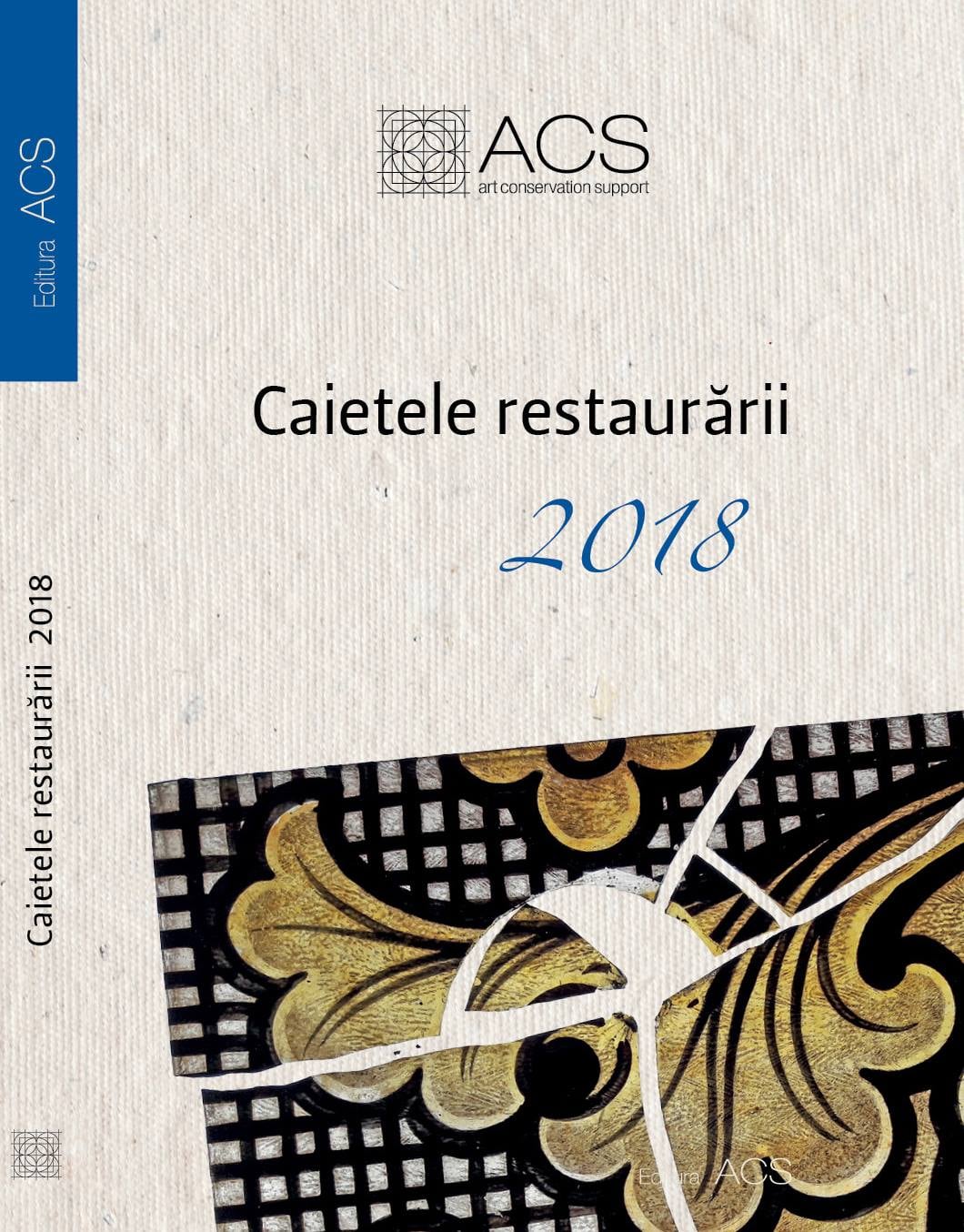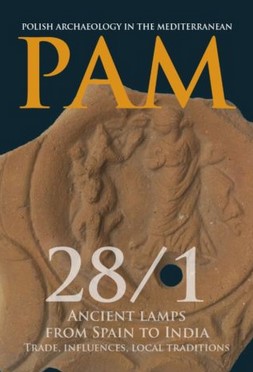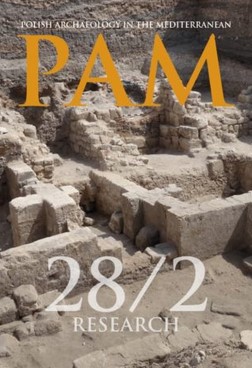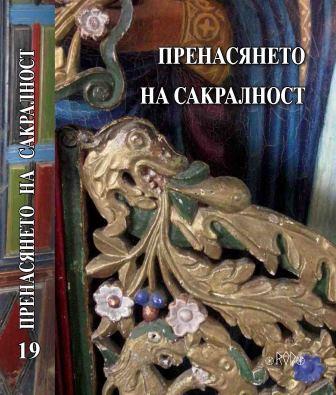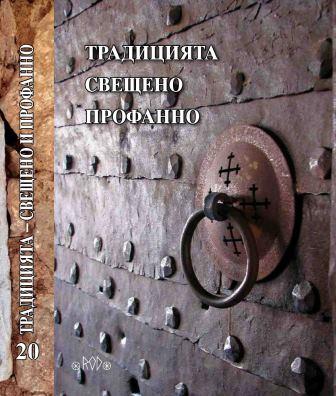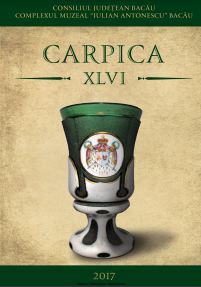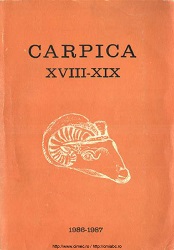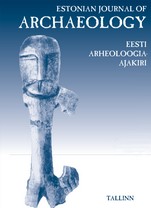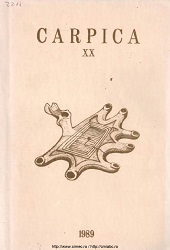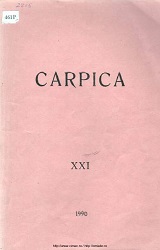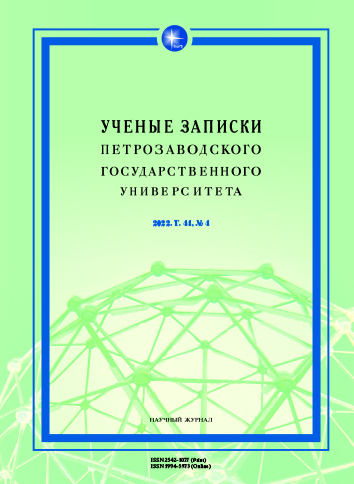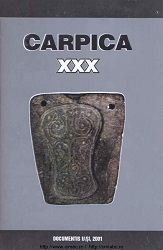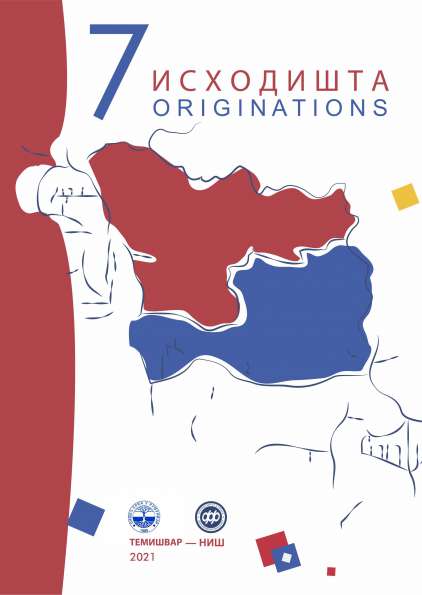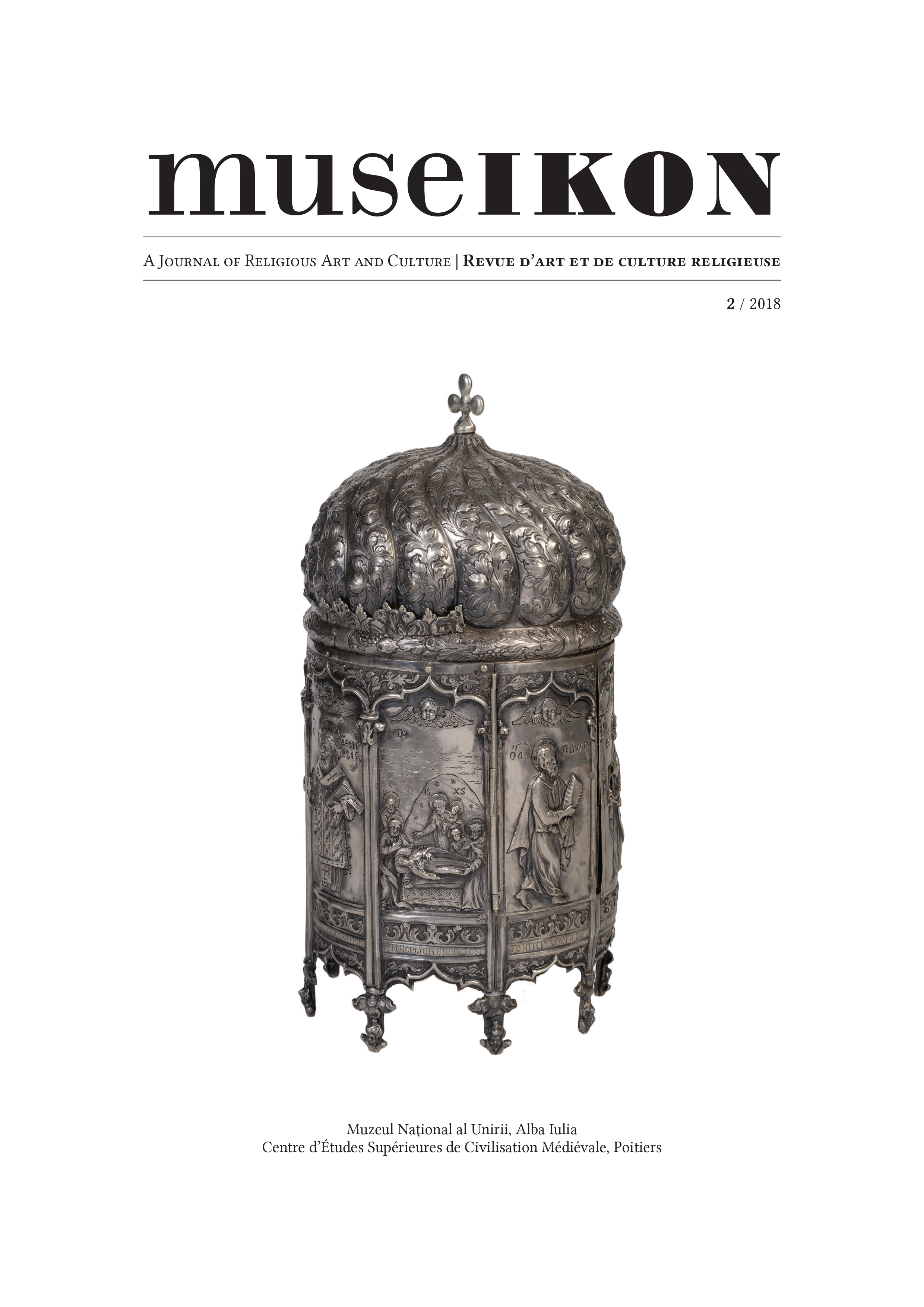
Les colliers de type ‘barmy’ et l’art des orfèvres de la Rus’ kiévienne.
The present article describes the barmy – necklaces of medallions – as part of the art of the Kievan Rus’ goldsmiths, while also grouping them into categories. Such systematic studies of each type of jewellery should, over time, give a new image of the Kievan Rus’ goldsmith’s work and present it as a multidimensional phenomenon: archaeological, historical, and artistic. The two categories of barmy presented here are, on the one hand, the gold enamel medallions decorated according to the cloisonné technique, and on the other hand, the silver barmy decorated in the niello technique. These pieces have already been well studied, but there are no publications entirely devoted to them that would discuss all the achievements in this field, in order to present new research perspectives. In drawing the state of the art of the question—but also in speaking of other types of Kievan jewellery, the author attempts to address problematic questions of who wore these jewels, who designed them, and what techniques were employed. The answers to these questions are still unclear today, but they are a first step towards identifying the solutions.
More...
